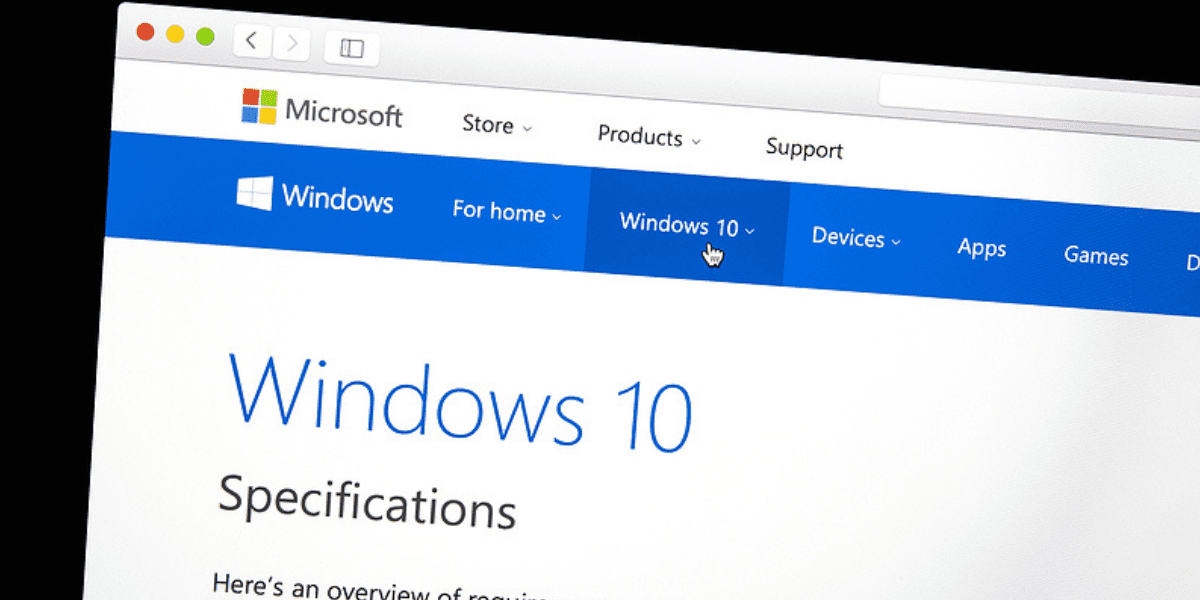All startups have one thing in common when it comes to cybersecurity: they all are at some level of risk of a costly data breach. Startup business owners may not even be aware of certain vulnerabilities including ransomware, phishing, data loss or intercepted payments from clients – all potentially fatal incidents for a startup. Below we dive into five ways entrepreneurs can protect their business from cyberattacks.
Step #1: Evaluate Risk
The first step of consideration in defining a cybersecurity program is asking if risk has been evaluated. If so, how is risk addressed in the company? Having a plan around lowering cybersecurity risk can help protect startups from cyberattacks and create action items in an event of a breach. Anders Technology Services has experienced advisors to help startups identify, protect, detect, respond and recover from cybersecurity risks.
Step #2: Implement Security Practices
After assessing risk, it’s important to implement security best practices that are personalized for the business landscape. Ask the following questions to discover areas to address:
- Are we connected to the internet both internally and externally?
- Do we have webcams?
- Do we have servers?
- Do we have laptops?
- What information could potentially be exposed?
- Externally, mainly focusing on software as a service (SaaS), how do the software agreements address security?
- Do we send information to other businesses? If yes, what are their security practices for protecting the information we share?
Using reputable SaaS systems can offload some of the security burden as part of a cybersecurity strategy. Some even offer discounts to startups, such as Microsoft, who gives startups $200 plus 12 months of free services to get started and test the latest products.
Step #3: Know Who to Call
If a breach or cybersecurity incident occurs, have an IT provider on deck to reach out to immediately. A quick response is vital to mitigating impact on the business. Develop a relationship and level of trust with an IT company that has a focus in cybersecurity. Calling an IT firm for the first time when an event occurs only adds unnecessary time wrapped up in information gathering.
Step #4: Develop a Recovery Plan
How will the critical functions of the business continue to operate if a cybersecurity incident restricts production or productivity? Developing a disaster recovery plan will help determine what workarounds are available and how long the business can survive without production components in place.
Step #5: Learn from Other Startups
Look into what others in the startup community are doing about cybersecurity. Have they experienced an incident? What do they do to prevent incidents in the future? Being part of a startup organization or an incubator may help with information sharing to globally reduce risks among startups.
Cybersecurity is not just a best practice for large, enterprise companies, startup businesses are direct targets as they often have more risk and vulnerabilities and less resources to protect themselves. Anders Technology Services works with startups on identifying risk and developing a personalized cybersecurity plan. For more about the cybersecurity resources available to startups and how to protect your business, contact an Anders advisor.





